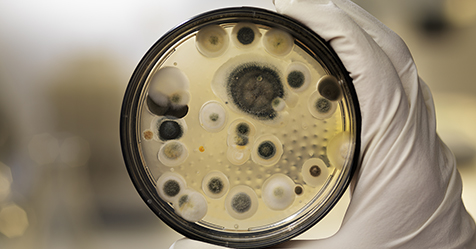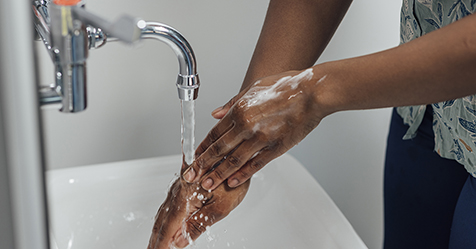Does UV-C Sterilization Help Mitigate Pathogen Transmission in Terminal Cases?
More than 2.8 million antibiotic-resistant infections occur in United States hospitals each year resulting in more than 35,000 patient deaths. On top of this, these infections also lead to major costs for healthcare facility professionals. In fact, an estimated annual cost nationally to treat these hospital-acquired infections (HAIs) that are multidrug-resistant organisms (MDROs) sits at more than US$4.6 billion. But how can facility managers as well as cleaning teams reduce these cases and prevent infections from ever occurring? The most commonly proposed answer may just be the use of UV-C sterilization, but how effective is it?
In the latest study “Assessment of the effectiveness of ultraviolet-C disinfection on transmission of hospital-acquired pathogens from prior room occupants,” 33,771 exposed patient admissions were evaluated and the most common pathogens studied were methicillin-resistant Staphylococcus aureus (MRSA) and vancomycin-resistant enterococci (VRE). The results of this study found that UV-C sterilization “does not provide incremental value in reducing transfer of MDRO above and beyond standard of care.” This issue is still a major cause of concern for cleaning companies and healthcare facilities alike, so what is the solution?
For now, the most viable solutions for healthcare facility sterilization include:
- Private hospital rooms and strict cleaning protocols
- New and regularly cleaned hospital beds
- Properly cleaned floors
- Intelligent use of cleaning chemicals
- Touchless hydrogen peroxide disinfection systems
As a facility manager that understands the value of proper healthcare cleaning strategies, it’s time to start utilizing these options above to reduce MDROs significantly and keep patients and staff safe.


